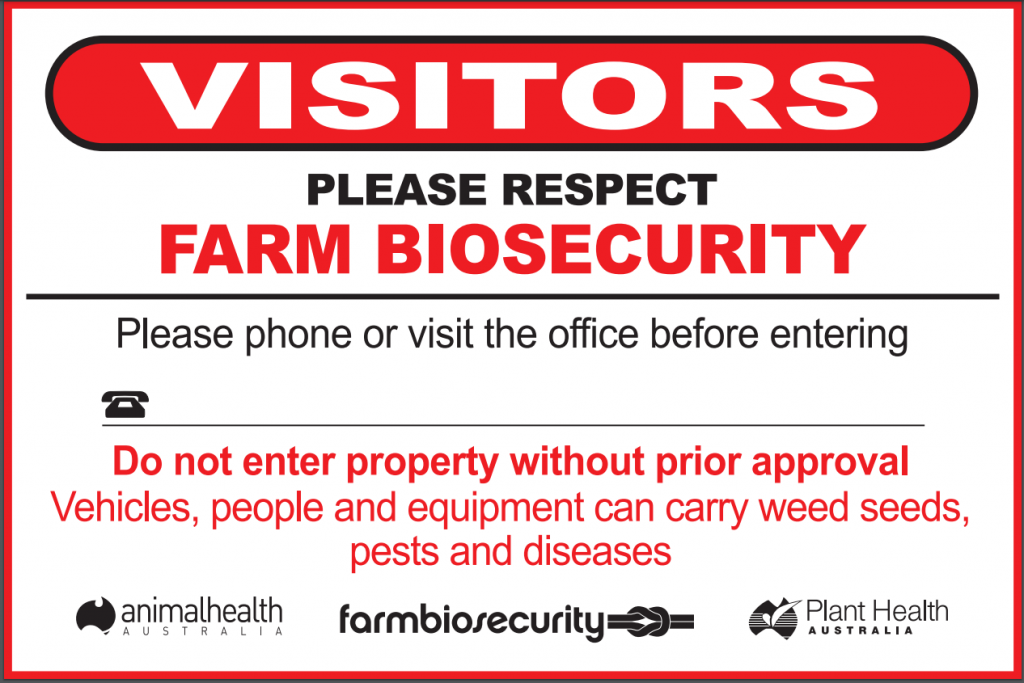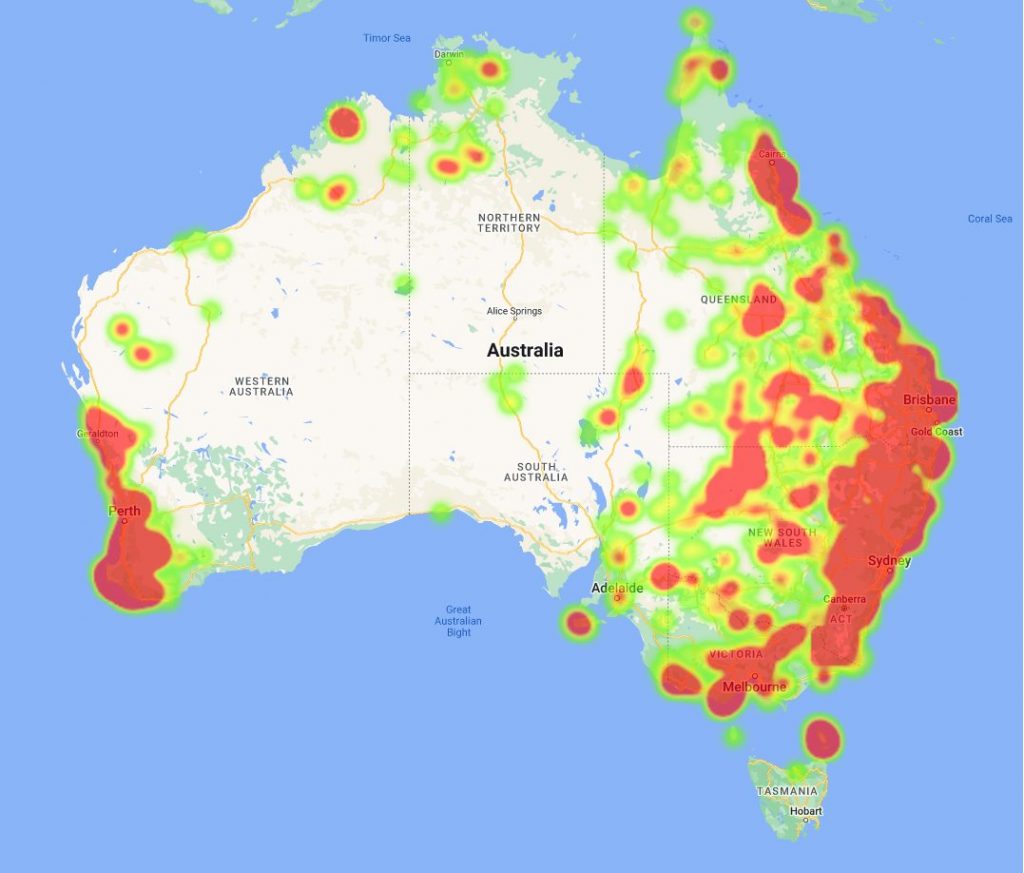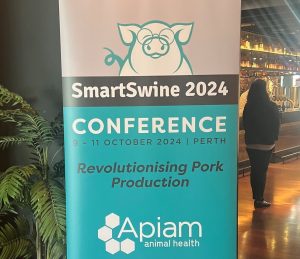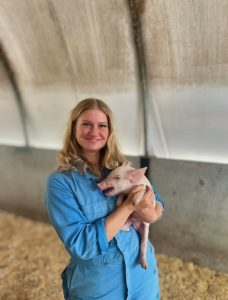
In this week’s article we are putting the focus on farm biosecurity. With international travel resuming, Australia has a couple of disease giants banging on the metaphorical door, and an ever-increasing possibility of being let in. Both ASF and FMD has potentially devastating consequences to the pig industry if they do manage to enter Australia.
We all know the saying; prevention is better than cure. The best way to control any unwanted to disease, is to prevent it from entering your farm in the first place. Above and beyond the national biosecurity measures being put into place, it is our personal responsibility to implement good standards of on-farm biosecurity.
One of our biggest threats to farm biosecurity is in the form of our wildlife vectors. Australia has an extensive feral pig population across the country, with reports of feral pig numbers drastically increasing, particularly in Queensland. It should be assumed that feral pigs are present in every pig producing area of mainland Australia until proven otherwise. These pigs are the perfect vectors for all our most feared pig diseases, including FMD and ASF. Our best deterrent to the unwanted wildlife entering our farms is a simple measure, our perimeter fence.

Source: https://www.feralscan.org.au/feralpigscan/map.aspx
A good pig-proof perimeter fence is integral in keeping out those pesky wildlife vectors. Commonly an effective pig proof fence uses fabricated sheep mesh and is held close to the ground by plain or barbed wire, while being supported by steel posts. As we all know pigs will try to burrow underneath any fence line. A possible deterrent not only includes the barbed wire close to the ground, but in some cases a barbed wire buried just underneath the ground has been effectively implemented.
If you do not have a visitor sign-in logbook or tracing procedure, now is the time to get one. There are many alternatives to the good old paper book these days, including applications like Exoflare that enables a pre-visit questionnaire to be done. This gives the farm manager the ability to screen guests before they ever step foot on your farm. Visitors that do not meet your biosecurity requirements such as down-time between contact with pigs or down time after returning from overseas, should not be allowed into the piggery. Tracing the movement history of people that are entering your farm, including possible feral pig contact, will be integral to keeping those nasty diseases outside of your farm perimeter. This is especially important when facing highly infectious diseases such as Foot and Mouth, which can remain infective in the environment for several weeks, or longer in the presence of organic material such as soil or manure.
Employee/visitor controlled entry procedures are essential for keeping unwanted pathogens out of the piggery. Each entry point should clearly demarcate dirty and clean areas. Ideally visitors should shower into the piggery and wear farm specific clothing and footwear. If a shower in shower out facility is not feasible, a simple Danish Entry procedure can be cheaply installed to provide clear demarcation of dirty and clean areas. In this system, visitors’ footwear should always be left on the dirty side. Visitors can change into farm specific clothing or at the very least wear farm footwear and coveralls.
Thus concludes our brief discussion on farm biosecurity measures. For any questions on farm biosecurity, feel free to contact the Apiam ProSwine team member closest to you.









